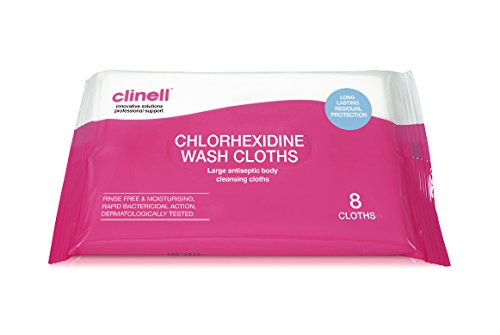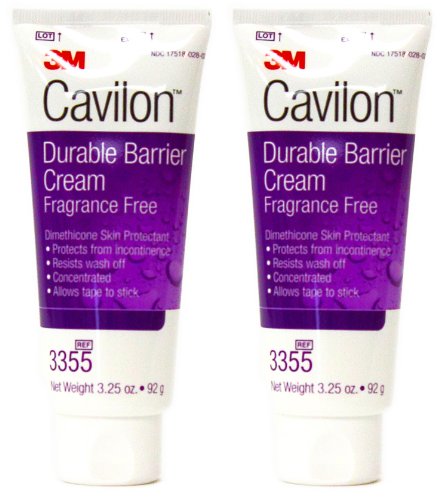People who are recovering from surgery or injury or those who are permanently disabled face many challenges when it comes to bathing or showering. Those who must use a wheelchair to get around may be able to take shower using a sturdy plastic shower chair, which can be wheeled into a shower that is set flush with the floor.
If this sort of chair or showering facility is not available, it is necessary to do a “sponge” bath in bed or in the wheelchair. People who have full use of hands and arms can do this bathing on their own. Those with challenges to movement and dexterity will need help.
In this article, we will share important information on how to bathe someone in a wheelchair or in bed using available bath aids. Read on to learn more.
Wheelchair bathing is tricky, if not impossible
It is really not possible to give a person in a regular wheelchair a complete bath unless that person is able to stand for a few moments to have the buttocks and genitals cleaned. For this reason, it’s really best to bathe non-ambulatory people in bed or seated on a shower chair, toilet chair or on the toilet.
What do you use to wash a person in a wheelchair or in bed?
While you can use a basin of warm water and a clean washcloth or hand towel to wash a person from head to foot, according to the American Association of Critical Care Nurses (AACCN) this is not the best option. Although it might be alright for someone who is just bed-bound temporarily, for elderly people and those who are permanently disabled or in long-term recovery from surgery or injury, receiving bed or wheelchair baths with soap and water can increase risk of skin damage and infection.
The AACCN says that if you must provide basin baths with soap and water, you should use a disposable basin and either distilled water or filtered, sterilized tap water. Use a no-rinse, pH balanced cleanser. Follow up with a hypoallergenic skin lotion to prevent skin dryness.
A preferable alternative to basin bathing is use of pre-packaged bath cloths which require no rinsing. These products provide a pleasant, mess-free bathing experience and perform the tasks of cleaning and moisturizing in one step. Furthermore, they leave behind an anti-bacterial barrier which protects the skin against infection.
The best prepackaged bath cloths are those containing a two-percent solution of chlorhexidine gluconate (CHG). This ingredient is very effective in reducing colonization of bacteria, viruses and fungal organisms on the skin.
Clinell Chlorhexidine Wash Cloths – Pack of 8

How to give a Bed-bath or Seated Bath with CHG cloths
- Follow packaging instructions to warm the cloths to a comfortable temperature (typically 50 degrees Celsius).
- Wash your hands and wear disposable surgical gloves.
- Use a regular washcloth and soap and water to wash the person’s face.
- Retrieve the package of cloths from warming and open them carefully to avoid dropping or contaminating them.
- Use the cloths to clean below the person’s jaw-line. Don’t use CHG cloths on the face. You will use six or more cloths altogether to clean the person’s entire body.
Cloth 1: If the person has any catheters, IV tubes, EKG lines or other attached equipment, wipe down the areas surrounding the insertion of this equipment and six inches of the lines or tubing nearest the body first. Dispose of the cloth.
Cloth 2: Clean the person’s throat, chest and shoulders.
Cloth 3: Clean the arms and hands, followed by underarms.
Cloth 4: Clean the stomach area and the groin, followed by the perineum.
Cloth 5: Clean the right leg and the right foot.
Cloth 6: Clean the left leg and the left foot.
Cloth 7: Clean the back and sides of the neck, the entire back and the buttocks.
Read also: Bathroom adaptations for the elderly
Additional tips
1. The skin may feel a bit sticky initially, but do not wipe or wash it. Just allow the skin to air dry for a few minutes.
2. If the person has very dry skin, you can follow up by using a barrier protection product or lotion that is compatible for use with CHG.
Cavilon 3M Durable Barrier Cream Fragrance Free

3. Don’t flush CHG cloths down the toilet. They should be disposed of in the trash, in a closed plastic bag.
4. AACCN recommends talking with the person or otherwise determining the most comfortable time of day for bathing. Don’t just wake the person up for bathing. This can be very disruptive to healing and general satisfaction.
5. If you need to wash the person’s hair, you can use dry shampoo or a shampoo cap. Alternately, if the person’s wheelchair can recline, you may be able to do a hair washing at the bathroom or kitchen sink.
6. Just as with any wipe product, CHG wipes can be carried along for spot cleaning throughout the day.
7. If the person you need to bathe is temporarily incapacitated and you only need to provide a bath once (or very few times) follow the step-by-step bathing instructions using a basin of warm, clean water, a small amount of mild soap and a clean wash cloth or hand towel. Change the water several times throughout the process.
Sources:





My grandmother is handicap wheelchair girl I would have give her a bath in the tub with her catheter into her body and I would have to put her on the toilet and wipe her butt off with toliet paper and empty her catheter into a bottle next to the toilet and help her get on the toilet and need help getting on the toilet everyday and get her pills ready for her i would have to give her a bath in the tub with her naked body